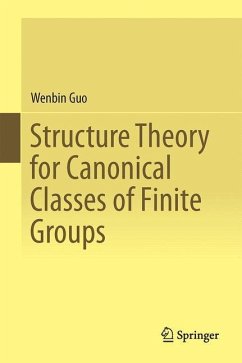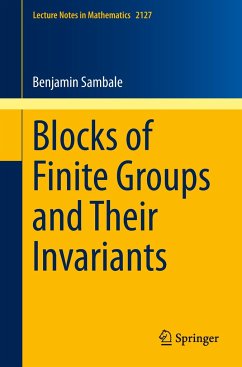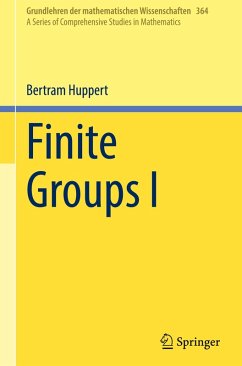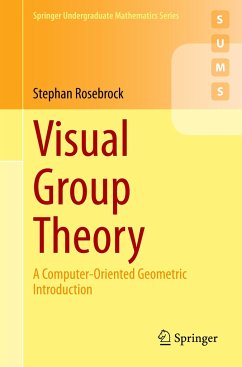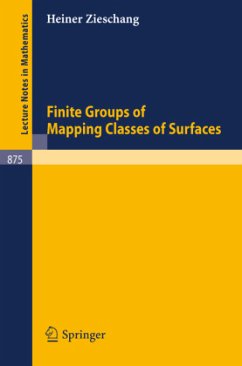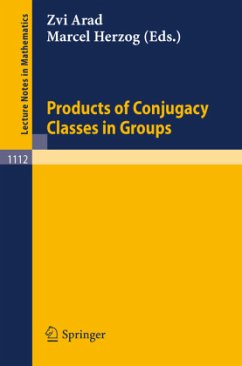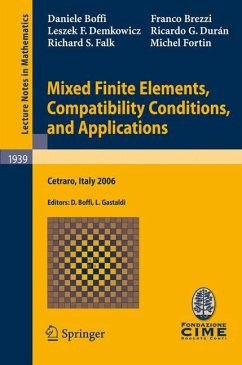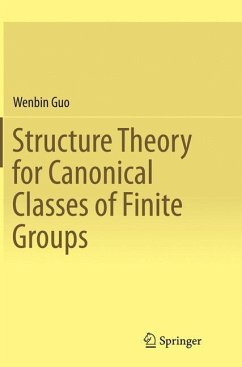
Structure Theory for Canonical Classes of Finite Groups
Versandkostenfrei!
Versandfertig in 6-10 Tagen
38,99 €
inkl. MwSt.
Weitere Ausgaben:

PAYBACK Punkte
19 °P sammeln!
This book offers a systematic introduction to recent achievements and development in research on the structure of finite non-simple groups, the theory of classes of groups and their applications. In particular, the related systematic theories are considered and some new approaches and research methods are described - e.g., the F-hypercenter of groups, X-permutable subgroups, subgroup functors, generalized supplementary subgroups, quasi-F-group, and F-cohypercenter for Fitting classes. At the end of each chapter, we provide relevant supplementary information and introduce readers to selected op...
This book offers a systematic introduction to recent achievements and development in research on the structure of finite non-simple groups, the theory of classes of groups and their applications. In particular, the related systematic theories are considered and some new approaches and research methods are described - e.g., the F-hypercenter of groups, X-permutable subgroups, subgroup functors, generalized supplementary subgroups, quasi-F-group, and F-cohypercenter for Fitting classes. At the end of each chapter, we provide relevant supplementary information and introduce readers to selected open problems.





